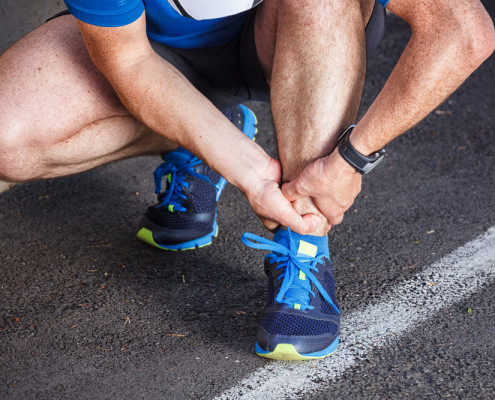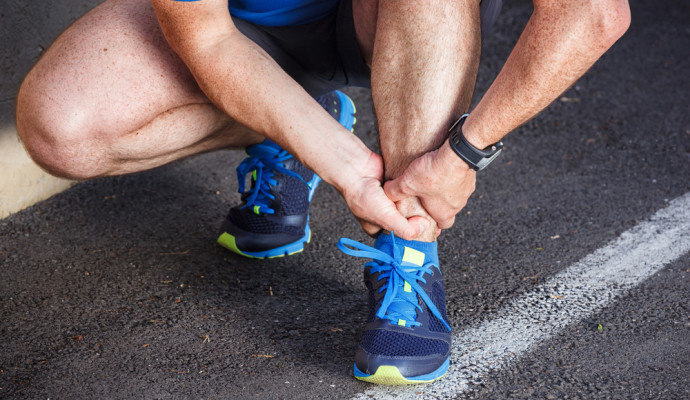The best way to recover from an ankle sprain and prevent long term damage
In the first article of our ‘Ask the Physio’ series, we posed the question to our local physiotherapist, Nick from Revesby Physiotherapy and Sports Injury Centre:
‘What is the best way to recover from an ankle sprain and prevent long term damage?’
Ankle sprains are one of the most common injuries we see in our physiotherapy clinic and can certainly lead to long term problems if they are diagnosed incorrectly and not treated effectively from day one.
Following a patient presenting to the clinic with an ankle sprain, a comprehensive injury assessment is undertaken to rule out any joint or bone-related problems and to structure an individualised comprehensive injury management program. This initial management will aim to reduce pain and swelling and is best achieved with ice, elevation compression and supportive strapping. Pain free ankle mobilisation and exercises are commenced following the initial period of RICE. Ankle joint mobilisation is an important stage of ankle sprain rehabilitation as it assists in reducing stiffness and regaining normal joint gliding and range of movement that may not be completely recovered independently. Any residual ankle joint stiffness may predispose you to the development of chronic ankle conditions such as anterior ankle impingement.
A functional rehabilitation and strengthening program is commenced as soon as symptoms allow, but always under the direction and guidance of the treating physiotherapist. Common exercises used at this time include heel raises, one leg squats, balancing single leg, wobble boards and various balancing and catching drills. These balance-based activities help to re-educate the balance sensors in the ankle, strengthen the damaged ligaments and ensure the muscles around the ankle are able to assist in supporting the joint.
Re-injury to the ankle is very common with return to activity. To reduce the possibility of another sprain it is essential that the joint returns to pre-injury range of motion and stability prior to the return to full activity or sport. It is a good idea to compare the injured ankle to the non-injured ankle in terms of balance and range of motion before returning to your sport.
Finally, ankle strapping and bracing is recommended during sport and training for a period of 6 to 12 months after the occurrence of your injury. This external strapping provides support to the joint and gives extra feedback to the stabilisers of the ankle.
Revesby Physiotherapy has been established for more than 25 years and provides the local area with a high level of expertise in the assessment and treatment of musculoskeletal injuries.
Health Mates members receive a discount on treatment – phone the clinic today on 9772 2586 and organise your free initial assessment.
If you have any ideas or questions for future ‘Ask the Physio’ segments please email healthmates@rwc.org.au and we’ll be sure to pass it on to Nick at Revesby Physio.











